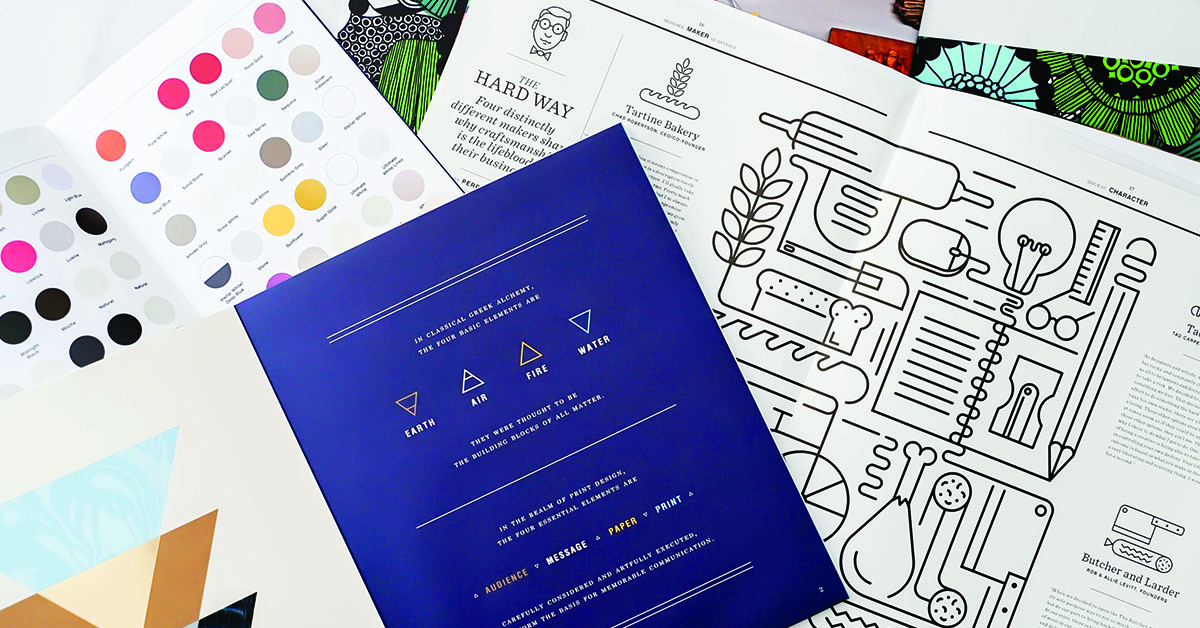As a CMO you are always thinking about how your brand is communicated and received. But when was the last time you took a step back to do a strategic assessment of your brand values, and how to communicate them?
But using historical examples to interpret the environment today is a futile endeavor. We’ve heard the expression iterated to excess—we are in unprecedented times—but right now, it actually does apply. Today, entirely new things are on your mind and the conversation, the messaging, even the methodology has all changed due to the global pandemic and we are just trying our best to move in the right general direction.
It’s also not to say that strategy doesn’t matter—in fact, we think more than ever before, being strategic is perhaps the most critical element in maintaining relevancy. The environment calls for a more thorough assessment of your brand values, how to communicate them, and most importantly, reassessing the values, interests, and expectations of your target audiences.
Before embarking on any brand strategy, there is always a period of discovery, which has also required revision since the onset of COVID-19. We work dynamically with our clients, while also defining clear objectives and intended outcomes along every step of the process with a primary purpose, before developing any strategy, to know what matters and what is critical during seismic shifts in the market.
-
Understand the environment. Through the lens of the current and foreseeable environment, develop an internal and external impression of the landscape to ensure that everyone is looking at the same picture.
-
Map the gaps. Account for multiple impressions of that picture by leveraging the knowledge you’ve gained from assessing different perspectives across the general public, target audiences, clients, and competitors to understand where and how those audiences will interact with your brand.
-
Identify the most critical factors. Make the connection between how values have changed and what the impact is to your business model or your brand.
-
Look beyond the environment. Envision the future and the likelihood of each critical factor being relevant, while asking: What does it look like if we address these factors and what does it look like if we don’t?
-
Frame your brand strategy. Define the mission critical issues and what is required of your business model, brand values and/or purpose to develop a strategy that is aligned to your growth objectives.
It’s obvious to say that everyone is paying attention now, but what’s less obvious is how that impacts the future of your brand. As fundamental changes are taking place in real time, it’s critical to remember those changes are impacting the expectations your clients and target audiences have of your brand in how and what you communicate.
At Carpenter Group, we have decades of experience in helping clients transition and transform their brand amidst an evolving landscape.



